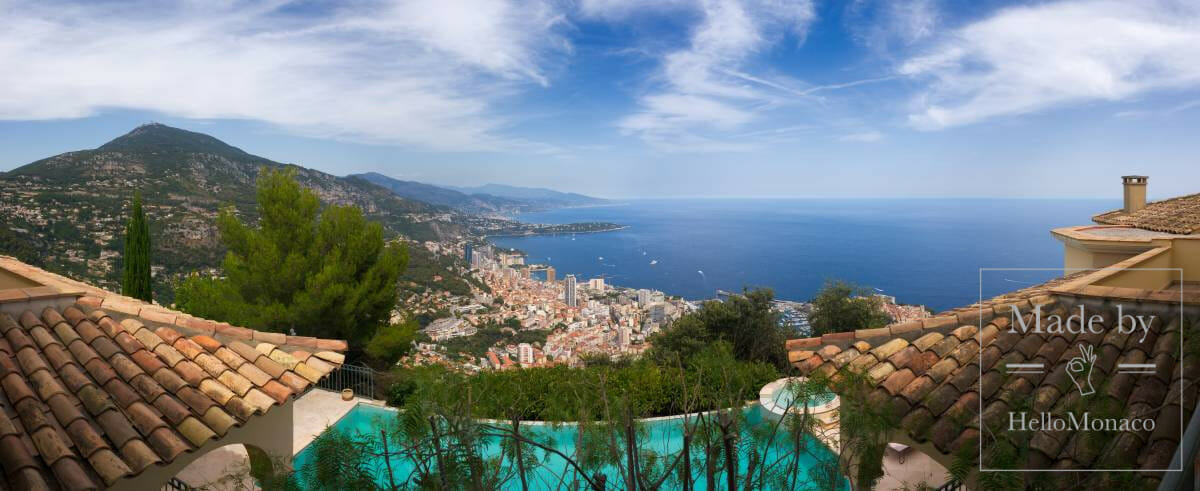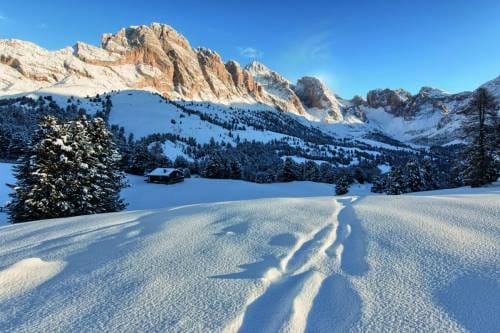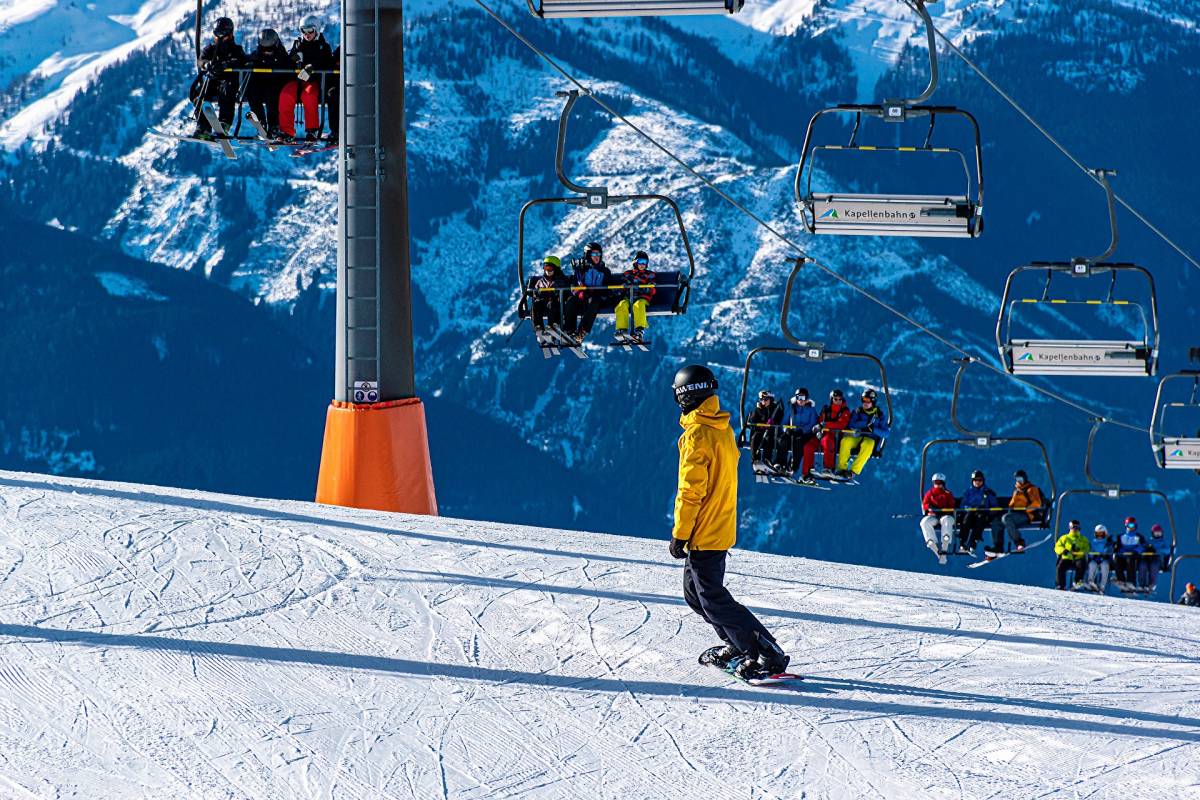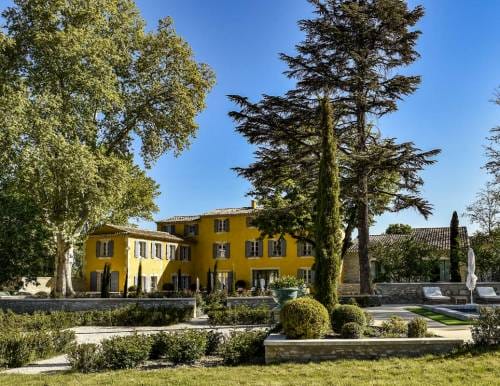Sanremo, one of the loveliest Italian seaside resorts, is situated on the natural gulf of the Riviera dei Fiori (Flowers’ Riviera) on the Western Ligurian Coast. The origin of its name refers to San Romolo, a former bishop of Genoa who spent some time in the town and being very much appreciated by its citizens. The dialect translation from the latin Civitas Sancti Romuli, «San Rœmu», would give rise to its current alias.

The tradition of Sanremaschi (natives for generations) for welcoming foreigners dates back to the late 19th century highlighting the so-called Belle Époque. Sanremo became a renowned luxury resort for the European aristocracy, especially the British after reading the intriguing novel «Il Dottor Antonio» by Giovanni Ruffini (1855). Other travel lovers were seeking to become Sanremese (town residents), fascinated by the extraordinary mild weather of this holiday resort. This was the basis of the first promotion for tourism. All that made the original fishing village develop into an elegant urban area with its own personality, adorned by exclusive villas and exotic gardens.

History of Sanremo
A bird’s-eye view of the historical heart of the town, La Pigna (literally the pinecone), is a set of Medieval houses interconnected by arches, rising up-hill made of hundreds of carrugi (narrow alleys), small galleries and squares. On top, the multi-coloured baroque Madonna della Costa (17th century) is overlooking the whole city and gulf, while at the bottom the Ciapéla Tower is what is left of the ancient defensive walls. Moving down towards the sea is the long Via Palazzo, full of shops and painted façade buildings, which brings you to San Siro Cathedral, the most sacred place in town, the 13th century Romanesque Gothic church with its 17th century bell tower.

In the most glamourous side of Sanremo, Via Matteotti, a large crowded pedestrian street, full of exclusive shops, cafes and restaurants, is the most important connection between Piazza Colombo, the largest square, Palazzo Borea d’Olmo, a major noble residence (15th century) and the art nouveau urban luxury district dominated by the Casinò di Sanremo. This is the most historical Italian casino inaugurated in 1905. Approaching Corso degli Inglesi, a panoramic classy avenue, you will come across some magnificent villas like Villa Angerer, a Liberty style masterpiece. There is also the Moresque Devachan Castle, place of the 1920 International Peace Conference, and Villa Bel Respiro, seat of the Experimental Institute of Floriculture. You will also see Villa Nobel, residence of the famous Swedish chemist and inventor, and Villa Zirio, former holiday seat of Frederick III, German Emperor.

At last, you are landing at Pian di Nave, a scenic terrace by the sea besides the 18th century Santa Tecla Fortress, place for new multimedia exhibitions and cultural centre. Notice the Porto Vecchio (old harbour), core of the ancient fishing village that is now a fashionable area where one can eat and drink and which is very close to Piazza Bresca, the Medieval cosy square where young people gather together to enjoy the trendiest beverages and tapas.

A Russian colony in Sanremo
At the end of the 19th century, part of the Russian élite moved towards Sanremo emotionally encouraged by Tolstoy and Tchaikovsky. But what made the difference was Maria Aleksandrovna, wife of the Tsar Alexander II, who stayed there in 1874. The Corso Imperatrice (Empress Promenade) gets its name from that special guest who gave Sanremo the earliest palm trees, spread everywhere nowadays. The Russian-Sanremese colony that started included around 50 residential families (1890 statistical data). This large number of dwellers justified the building of a traditional Russian Orthodox Church devoted to Christ the Saviour, the Chiesa Russa, officially inaugurated in 1913. Built by the architect Pietro Agosti following the designs of the Russian architect Alexey Shchusev, it represents a rare example of refined Byzantium style. The 50-metre structure is adorned by six golden double crosses and «kokoshniki» decorations (traditional Russian female headdresses).

A long-lasting tourist vocation
In line with its growing popularity, the 4-star Grand Hotel Londra was inaugurated in 1861. Charles Dickens, Giuseppe Garibaldi, and Franz Liszt used to stay there. At present, all its clients are able to enjoy its central position, a private garden equipped with a sea-water swimming pool and a gourmet restaurant. A similar glamorous atmosphere is offered by the 5-star luxury Royal Hotel founded in 1872, a real must-see in the town. The refined white-plastered façade is looking down on a subtropical garden including high tech facilities, a sea-water swimming pool, a SPA, two gourmet restaurants and the «Bar delle Rose» (Roses’ Bar), an original frescoed-ceiling piano bar.

Dating back from the same period is the recently redecorated 5-star luxury Miramare The Palace Hotel. In the past, it hosted the Argentinian first lady Evita Perón, the French President General De Gaulle and the Italian composer Giacomo Puccini. The treat extends also to haute cuisine tastes at the Mimosa Restaurant. The Grand Hotel Des Anglais, built in 1888 especially for English clients, embodies the real Belle Époque. Its outstanding guests were: Francesco Nitti, Alexandre Millerand, David Lloyd George, Winston Churchill, Gabriele D’Annunzio, Guglielmo Marconi, just to name a few.

In 1897, the harmonious Liberty style 4-star Hotel de Paris, a masterpiece by Pietro Agosti, was unveiled. After a skilled redecoration and fitting out, it offers refined accommodation with all modern facilities. Witnessing a glorious past as an exclusive seaside resort since 1890, the Morgana facing Porto Sole, renamed Victory Morgana Bay, is still the most glamourous resort by the sea.
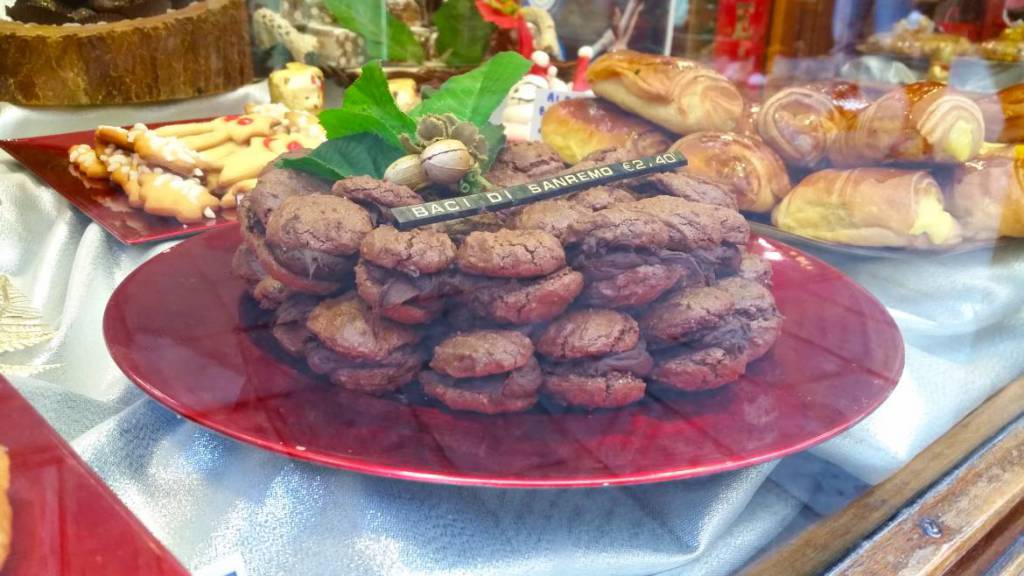
Where music blossoms and flowers speak up
For most Italians Sanremo is known as the City of Music and Flowers. For years, «Because Sanremo is Sanremo» has been the jingle of the most popular Festival di Sanremo, the Italian Music Festival founded in 1951 to promote Italian pop music at the national and international level, originally conceived to lift Italian spirits, after WWII. The well-known tracks «Volare» by Domenico Modugno or «Le mille bolle blu» by Mina were launched from there as well as all major songs from the 60’s until nowadays. At its 69th edition (February 2019), this 5-day music show attracted to the town thousands of visitors, special guests and performers. The central Ariston Theatre, an innovative multistage auditorium, has been the new setting of the Festival since 1977. This Dolby-surround multiplex-theatre holds the record of being one of the largest Italian cinema-theatres (1960 seats and an orchestra pit able to host up to 100 musicians).

A kaleidoscope of coloured flowers usually invades Sanremo during the Music Festival to underline its floricultural tradition dating back to late 19th century under the influence of the first perfume distillers on the Riviera. The Mercato dei Fiori (Flower Market) was established in 1914, kicking off a long-lasting tradition of flower growers focused on Sanremo carnations. The floral scientific testing is still running thanks to the Regional Institute of Floriculture and the Institute of Experimental Floriculture. Not to be missed is the Flower Museum, Floriseum, set in the Villetta Winter (Villa Ormond). Take a trip into the flower history of Sanremo celebrated every March by the Carri Fioriti (flower-decorated floats), a themed blossoming carnival parade ending with an exciting «battle of flowers».

Sports and Leisure by the sea
Under the influence of the 19th century foreign communities, Sanremo started developing sport clubs including golf and horse riding practiced in the open air thanks to the mild weather. In 1897, the Tennis & Bridge Club Sanremo (currently Tennis Sanremo) was founded by the English community. The Solaro Tennis and Sporting Club, created in 1977, hosts major Italian and International championships. Sanremo is also the place of the arrival of the iconic Milano — Sanremo, Classica di Primavera, a 298-km thrilling bike race that has been running since 1907. Lastly, the Rolex Giraglia regatta, the oldest marine competition in the Mediterranean basin, has a relevant layover in Sanremo sea waters.

Sanremo Travel Tips
How to reach Sanremo from Monaco
By Motorways
– A8 (Direction: Ventimiglia) + A10 (Direction: Genova) à Exit: Sanremo.
By train
– Thello high-speed train — direct (Direction: Milan) à Exit: Sanremo.
– TER (Train Express Régional) Provence – Alpes – Côte d’Azur Regional Train (Direction: Ventimiglia) + FS Trenitalia – Regionale Veloce (Direction: Savona – Genova) à Exit: Sanremo.
Most historical prestigious hotels in Sanremo
5 stars luxury
Royal Hotel à www.royalhotelsanremo.com
Miramare The Palace (Mimosa Restaurant) à www.miramarepalacesanremo.com
4 stars
Grand Hotel Londra à www.londrahotelsanremo.it
Hotel del Paris à www.hoteldeparissanremo.it
Grand Hotel & Des Anglais à www.hoteldesanglais.com
Night Clubs & Cocktail Bars
Victory Morgana Bay à www.victorymorganabay.it
21 Bistrot à @21_bistrot (Instagram), www.21bistrotsanremo.it
Crikkot à www.crikkot.com
Méditerranée Cucina e Mare (equipped with a renewed Olympic 50-metre swimming pool built in the 50’s) à @MediterraneeRistorante (Facebook)
Historical Cafés and Pastry shops
Caffé Renaissance à @ cafe_renaissance_sanremo (Instagram)
Pasticceria La Primavera à Via Palazzo, 51 (makers of the Sanremo kiss biscuits)
Traditional Cuisine Restaurants & Bistrots
Ristorante La Pignese à www.lapignese.it
Glam Restaurant – Villa Noseda à http://www.glamrestaurantsanremo.it
Ristorante Da Nicòà www.ristorantedanicosanremo.it
Ristorante Ulisse à www.ristoranteulisse.com
Le Cantine Sanremesi à Via Palazzo, 7
La Tavernetta > Via Palazzo, 129
Other useful links:
Sanremo events à www.sanremomanifestazioni.it www.manifestazionisanremo.it
Casinò di Sanremo à www.casinosanremo.it
Ariston Sanremo à https://aristonsanremo.com
Casa Sanremo à www.casasanremo.it
Solaro Sporting Resort (equipped with tennis courts, Palestra Azzurra fitness club, Olympic swimming pool & accommodation) www.solarosporting.it
Tennis Sanremo à www.tennissanremo.it
Carlins’ Boys à www.torneocarlinsboys.com
Sanremo Rugby à www.sanremorugby.it
Yacht Club Sanremo à www.yachtclubsanremo.it/en/

